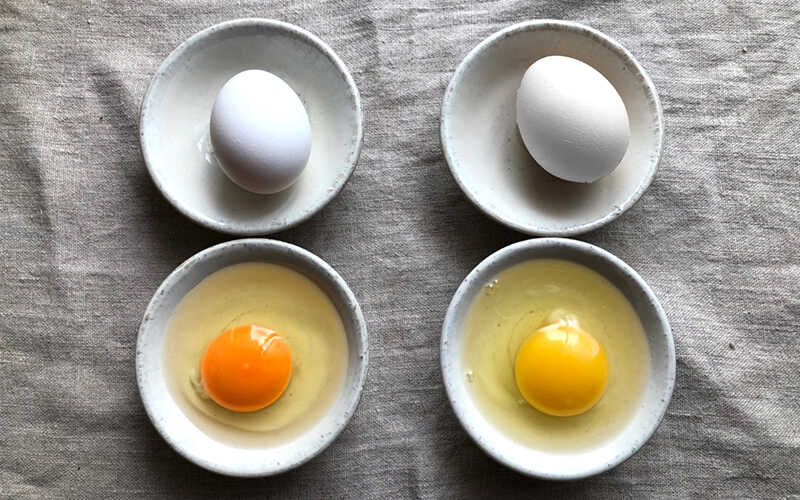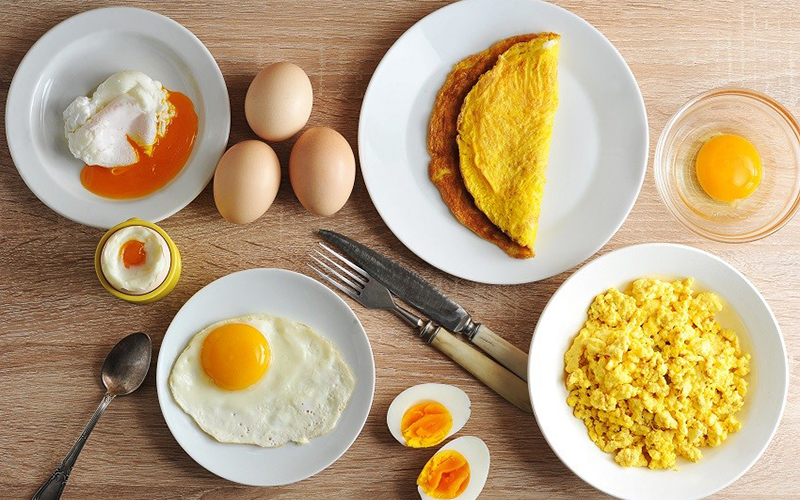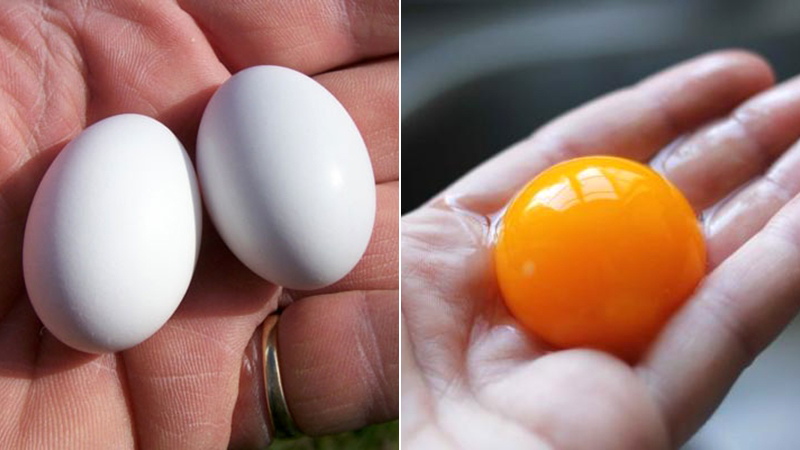Eggs are a popular food choice due to their versatility, delicious taste, and affordability. But have you ever wondered why some egg yolks appear lighter or darker in color? Read on to discover the fascinating answer and explore the world of egg yolk hues.
1 What Causes the Variation in Egg Yolk Colors?
The variation in egg yolk colors is primarily due to the diet and health of the hen that laid the egg. Nutritionist Vanessa Rissetto, co-founder of Culina Health, a website dedicated to nutritional health, sheds light on this phenomenon. According to her, hens that roam free on pastures and consume a diet rich in carotenoids, such as fresh grass, insects, and crickets, produce eggs with deeper orange-hued yolks.
Additionally, Dr. Rachel Paul, a nutritionist at The College Nutritionist, agrees that the inclusion of certain nutrients in a hen’s diet can influence the color of the yolk. Hens fed with yellow corn or marigolds tend to lay eggs with darker yolks. On the other hand, Vanessa Rissetto attributes lighter yolk colors to a vegetarian diet of corn and wheat.
 The variation in egg yolk colors
The variation in egg yolk colors
2 Do the Different Shades of Yolk Indicate Nutritional Differences?
Interestingly, a study published in the Journal of Food Science revealed that egg yolks with deeper colors, ranging from mustard yellow to light orange, tend to have higher levels of omega-3 and vitamins compared to those with lighter or medium shades. Dr. Rachel Paul concurs with this finding.
However, it’s important to note that the nutritional value of an egg remains relatively consistent regardless of yolk color. As Dr. Rachel Paul explains, all egg yolks provide the same amount of protein and fat. Vanessa Rissetto supports this view, stating that the nutritional value of an egg doesn’t vary significantly based on yolk color; it merely reflects the hen’s health and diet.

While the nutritional content remains constant, Vanessa Rissetto points out that the color of the yolk can slightly alter its flavor. Typically, deeper-colored yolks, like orange ones, tend to have a richer flavor compared to their lighter counterparts. Nonetheless, the overall nutritional value remains the same regardless of yolk shade.
3 What to Consider When Choosing Eggs
When selecting eggs, it’s unnecessary to focus solely on yolk color. Instead, consider the following factors:

Joel Slezak, a farmer specializing in chicken farming in Free Union, Virginia, offers valuable advice. He suggests that when you crack an egg and hold it in your palm, look for a firm egg white that doesn’t spill and a yolk that doesn’t break easily. These are signs of a healthy egg.
Additionally, when purchasing eggs, choose ones with intact shells, free from cracks or dents. Gently shake the egg to ensure there are no sounds coming from within, as this could indicate an old or inferior egg.
Now you know the secrets behind egg yolk colors and their nutritional implications. Whether the yolk is light or dark, the nutritional value of eggs remains consistent. So, don’t fret over the shade of the yolk and enjoy your eggs with confidence!
>>>
>>>
>>>



































